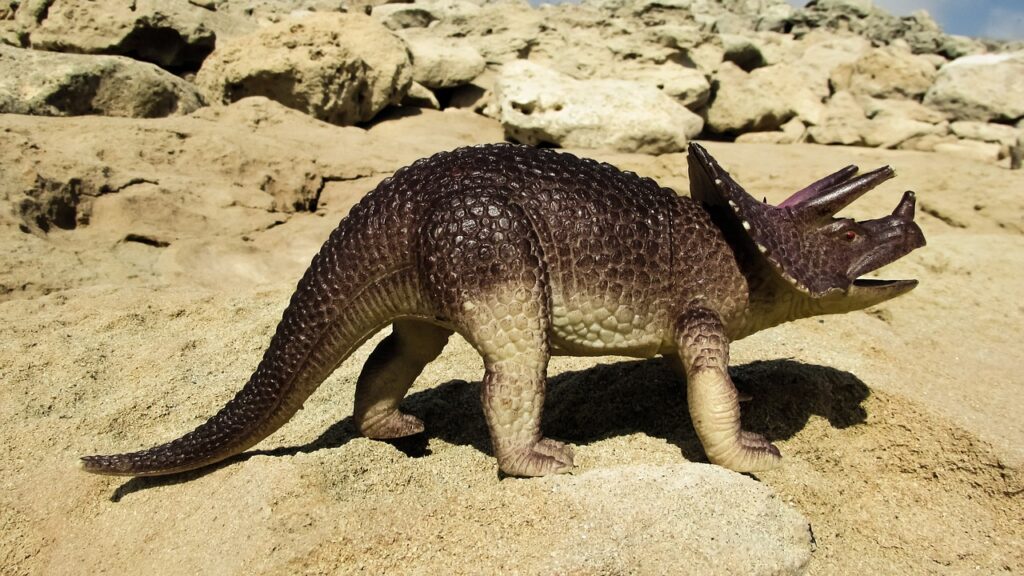Extinctions: Past, Present, and Future Course Review
Are we entering a mass extinction? Many people would say no to this question. Who wouldn’t? The human race is experiencing rapid population growth, better sanitation, and greater life expectancies. These developments demonstrate positive trends for the human race. However, although the human race is growing, what does this mean for other species? Are we truly safe from mass extinction? The Coursera course, “Extinctions: Past, Present, & Future” answers these questions.
“Extinctions: Past, Present, & Future” is an online course Coursera which is offered by Emory University. This course is taught by Anthony J. Martin, a paleontologist who works in the department of Environmental Science in Emory University. In this course, Anthony J. Martin explores a wide range of topics. These topics range from past mass extinctions, animal cloning, and climate change. I would rate these course a five out of five rating because the course is excellently paced and provides you with consistent progress checks.
In the first week of the course, students are introduced to the concept of background extinction rates, taxon, and the geological timescale. The background extinction rate refers to the standard rate of extinction in Earth’s history. The current background extinction is somewhere in between 0.1 and 1, which is 1,000 to 10,000 times more than the normal extinction rate. This represents the number of species the estimated number of species that go extinct each year. This alarming extinction demonstrates that species around the world are dying at record rates. Although the main victims are animals and plants, humans are being heavily impacted too.

In the succeeding weeks of the course, Anthony J. Martin explains how the earth’s five main extinctions occurred. The five main extinctions are the Ordovician-Silurian Extinction(440 million years ago), Devonian Extinction(365 million years ago), Permian-Triassic Extinction(250 million years ago), Triassic-Jurassic Extinction(210 million years ago), and the Cretaceous-tertiary Extinction(65 million years ago. It was explained that these 5 mass extinctions were classified as mass extinctions because over 75% species vanished in a short period of time(less than 2.8 million years ago). Why is it important to learn about mass extinctions? The course does a good job on answering this question. The course presented that all 5 mass extinctions had something in common: rapid climate change.
Common environmental trends from the 5 mass extinctions included: toxic gases, ocean acidification, low oxygen in the ocean, ozone depletion, acid rain, invasive species, habitat destruction, deforestation, water pollution, reef die-offs, and ecological collapse. These trends from millions of years ago provide frightening context to the current-modern day situation. These trends are similar to the present-day climate change crisis. Thus, it’s important to study mass extinctions to prevent a mass extinction happening today.
The climate change crisis that has the potential to engulf the world into its sixth mass extinction is largely due to human impact. For example, overhunting, overfishing, industrial agriculture, and the burning of fossil fuels contribute to damaged ecosystems and increased carbon dioxide in the atmosphere.
In one week of the course, Anthony J. Martin explained the dominance of Megafauna from tens of thousands of years ago. Megafauna were giant mammoths which roamed six continents of the earth: Asia, Africa, North America, South America, Oceania, and Europe. These giant mammoths could be found almost everywhere on earth. However, as explained in the course, when humans began migrating to different continents, the Megafauna began disappearing. This demonstrates an example of human-induced extinctions.
moving forward
Moving forward, we should enact legislations to prevent the impending mass extinction crisis. We can do our part by recycling, using ecofriendly resources, and working with sustainable organizations. This way, we can protect our biodiversity, one of earth’s greatest treasures.

